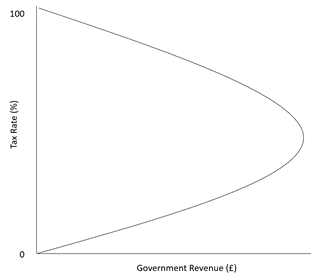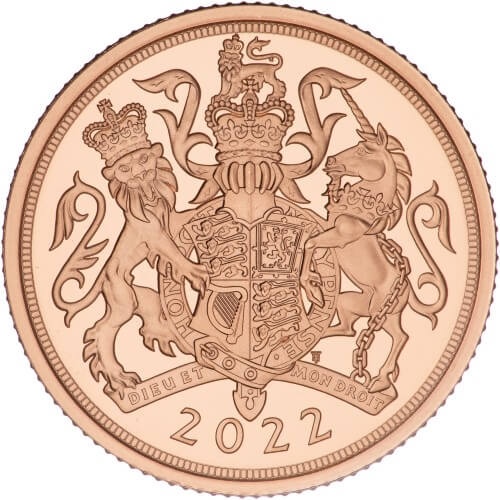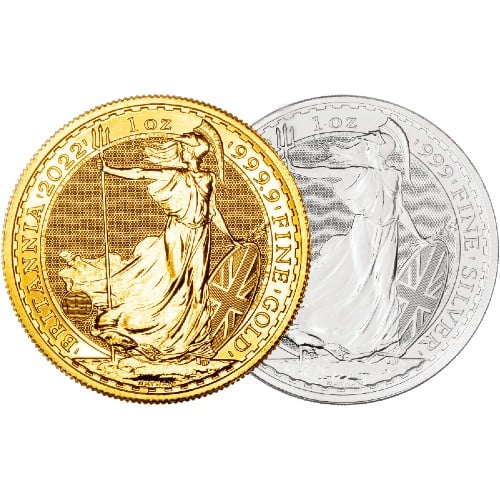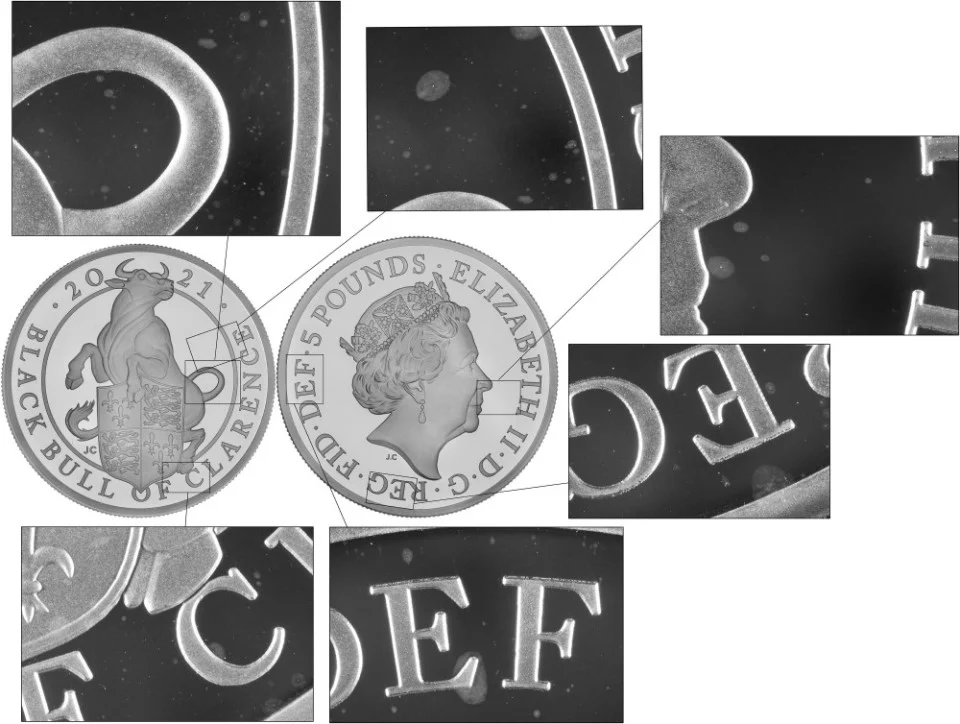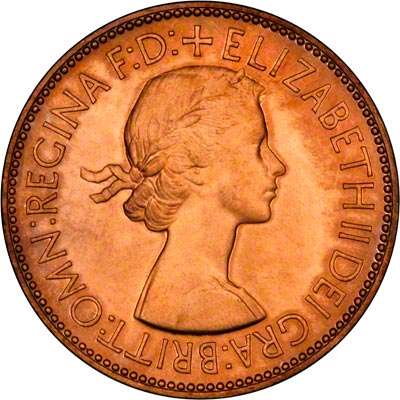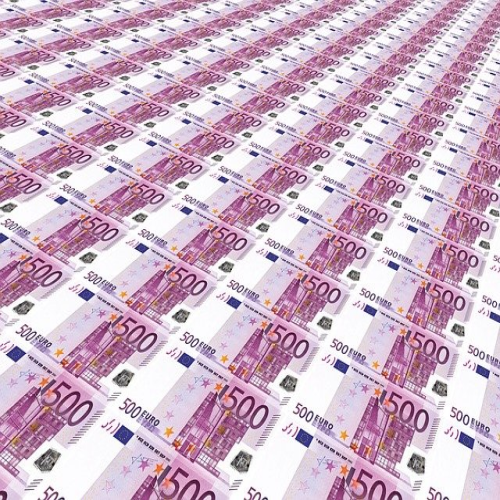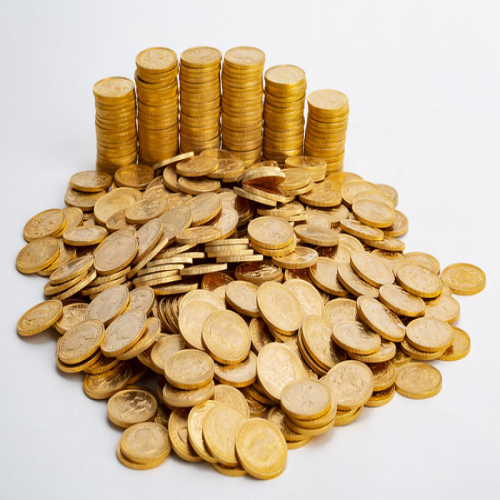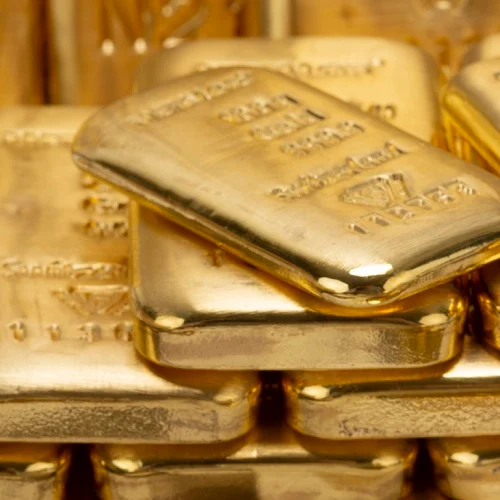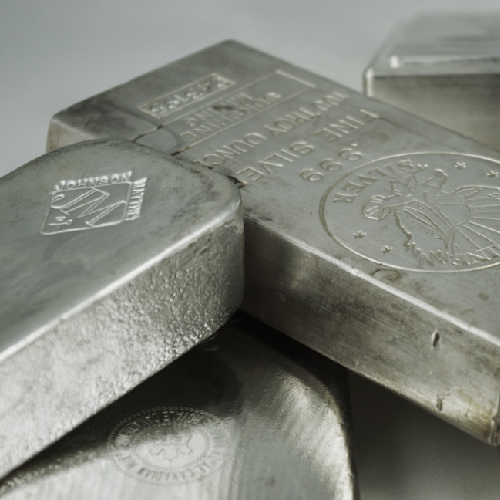Gold ETFs: A Gateway into the Gold Market
Synopsis
Since the introduction of the gold-backed exchange-traded fund (ETF) in 2003, they have flourished to become a popular gateway in to the global gold market.

Demand for Gold
The increase in demand for investment assets, has been dramatic in many sectors. Gold saw record prices in 2020 and among the number of ways to own gold, either in physical coins and bars, gold stocks etc., gold-backed ETFs have become the preferred choice for many investors due to the efficiency of cost and liquidity, but also their transparency.
Growth in demand for ETFs has been largely due to their increased global availability, which in 2003 was limited to only a few North American funds.
ETF Demand
Demand has been driven strategically by economic expansion and also the recognised effectiveness for hedging and diversification. Tactical demand has been driven by its attractiveness and opportunity cost compared to other assets.
This recognition by investors have led to an understanding of gold’s role in portfolios. The rise in ETFs reflects the demand in ETFs as the investors’ choice of asset. Global ETFs held around 3,380 tonnes as of September 2020, with year-to-date net inflows of 1003 tonnes compared to the previous annual record of 646 tonnes in 2009.
In comparing physical gold to ETFs, physical gold made up only 45% of total demand during the first 3 quarters of 2020. Incidentally, the year ETFs were released, jewellery and investment demand made up 90% of total demand.
Benefits of ETFs
When considering what form to purchase gold, investors make a number of considerations at what would be the most cost effective. These considerations make up the total cost of ownership which offers the best option(s) for investors to take.
Cost Efficiency
ETFs have been shown to be a less costly form of gold ownership when comparing expense rations. Mutual funds that have precious metal strategies, typically have expense rations of anywhere between 98 to 456 basis points, compared to management fees charged on gold ETFs which are somewhere between 7 and 297 basis points.
Transparency
Gold ETFs are typically held in 400 troy ounce London Good Delivery bars and based on the LBMA gold price. This gives a uniform standard when purchasing, although new funds in Asia use different benchmarks such as India’s domestic price or the Shanghai Gold Benchmark. This gives local investors exposure to local prices.
Liquidity
Trading volumes have nearly doubled since 2019 averaging US$3.5/£2.6 billion per day which rivals most stocks. This liquidity reduces friction costs enabling investors to make large, institutional trades. The benefit of ETF liquidity allowed funds to maintain their net average value (NAV), which during the height of COVID restrictions, caused huge disruptions in supply chains. For instance, where COMEX gold futures prices were affected to around 162 base points, ETFs in Europe and the USA only deviated between 7 and 36 points.
Popularity of Gold ETFs
Gold ETF holdings have increased approximately 42% per year on average, with trading volumes near record levels.
The continuing economic and financial uncertainty and record low interest rates could mean that interest in gold may continue to rise after 2020. The benefits of ETFs over physical gold may still be seen as more valuable to investors so it would not be a surprise for this to continue in the short to medium term. Asian and European markets are still seeing strong growth in ETFs while North American and Indian markets have slowed somewhat.
Further Reading
You might be interested in our precious metals and coin news articles.
Related Blog Articles
This guide and its content is copyright of Chard (1964) Ltd - © Chard (1964) Ltd 2024. All rights reserved. Any redistribution or reproduction of part or all of the contents in any form is prohibited.
We are not financial advisers and we would always recommend that you consult with one prior to making any investment decision.
You can read more about copyright or our advice disclaimer on these links.



